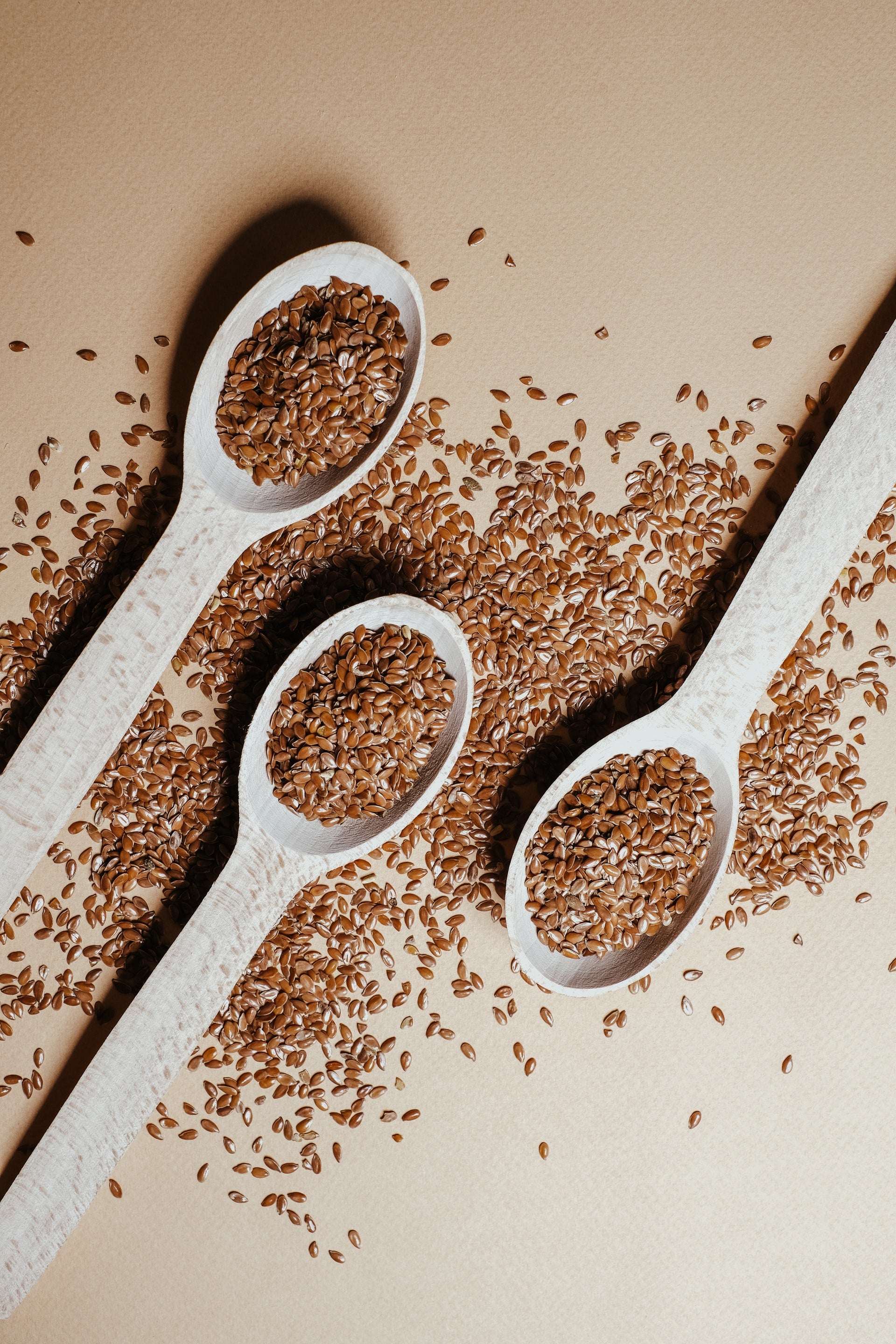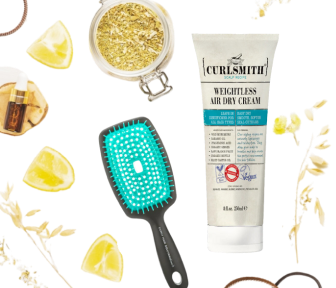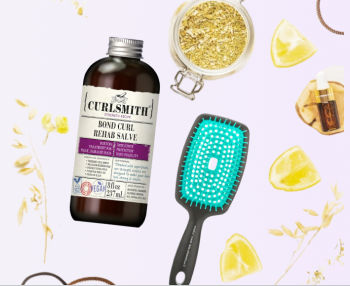
It's Earth Month! Let’s chat about a few homemade recipes that can be good for hair, require no additional packaging, and are inexpensive. Most of these recipes include ingredients you already have in your house.

Apple Cider Vinegar Rinse
First up is an ACV (Apple Cider Vinegar) rinse. Please note this would not be my first choice to remove product build up. It can be effective for hard water build up though. The caveat here is that not all hair responds well to vinegar. Do a strand test first and always dilute the vinegar.
15 mls of vinegar per cup of water is a good starting point, possibly going up to 30 mls. Wash your hair first and then pour the diluted vinegar mix over your hair (watch your eyes. It is best to lean back when applying.) Let it sink in and then massage your scalp for a few minutes. Rinse fully. Some people condition
afterwards and others don’t, so see how your hair feels.
Rice Water Moisture Treatment
Rice water is another way you can add moisture into your hair. The amount of absorbable protein in rice water is very minimal so I don’t classify this as a protein treatment.
Soak a cup of rice in 500 mls of water overnight. Strain off the rice and then use the water to rinse your hair after you have cleansed it. Let it sit for a few minutes massage it in and then rinse well. You may or many not need to use a conditioner afterwards. See how your hair feels.

Beer Rinse Protein Treatment
A better source of protein is to do a beer rinse. Pour 250 mls of beer into a bowl and leave it out to flatten overnight. Wash your hair as usual and then pour the beer over it and let it sit for 15 minutes. Rinse and then definitely condition afterwards as protein treatments can often leave hair feeling dry.
Flax Seed Gel
Making your own flaxseed gel is economical and effective as a styler. Many popular products at Curl Warehouse are flax-based!
A simple recipe is to take 300 mls of water and 30-45 mls whole flaxseeds. Combine them in a pot and boil it for 5 minutes. Stir and mash it on occasion and then remove it from the heat once you see thin strands hanging from your wooden spoon. Strain out the seeds.
This product will stay fresh for about 10 days in the fridge. Note this cannot be stored in your shower. It will start to go bad and smell in 2-3 days if not refrigerated.

A few things around your house that I would be wary of suggesting you use on your hair are:
- Soap bars. Watch out using bars that have saponified oils. Usually the best way to tell if a bar has saponified oils is that you don’t see any cleaning ingredients like Sodium Lauryl Sulfoacetate, Sodium Cocoyl Isethionate, and Cocamidopropyl Betaine. If you just see an oil then you can check or assume it has been saponified which is the process of making soap. The same applies for liquid soap like Dr Bronner’s Castile Soap. This can be too harsh on hair.
- Food like yogurt, mayonnaise, eggs, bananas, and avocados. These really don’t have the ability to penetrate the hair for a protein treatment. Save them for food and try the beer rinse instead.
- Baking soda. Baking soda has a high pH of 8 and in general will leave your hair feeling stripped due to it being alkaline. Our hair’s natural pH level is 4.5-5.5 for reference. You want your hair products to be a similar pH level.
Other DIY Hair Tips:
- A drop of honey into a gel will give extra hold. Mix this in your hand before applying to your hair, not in the product container.
- Pure oils do play a role in helping hair and scalp. See my blog on oils for more information.
- Use your existing conditioner in a spray bottle as a refresh method. Just remember that adding water to any product increases the risk of contamination. Don’t add water to your bottles of existing product, use a different spray bottle for creating your own refresh spray. Only make enough for a few days and regularly wash out your spray bottle. I do prefer using only water and just a little bit of product. This keeps everything clean/fresh and you won’t end up with a clogged spray bottle. If you have hard water you can use distilled water in your bottle so as to lessen the amount of minerals that get onto your hair.
Staying earth conscious when following the Curly Girl / Hair Method is very doable. Experiment to see how your hair reacts to these homemade recipes next time you've run out of your favourite product or if you're trying to lead a low-waste lifestyle.
I hope this gives you a few ideas to consider if you want to add in some DIY to your curly wavy hair!








